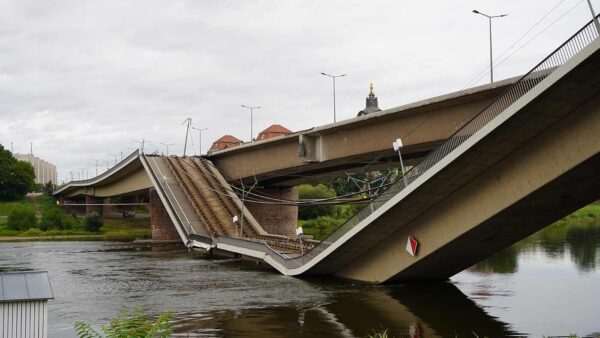Germany’s plan to remodel its national grid to carry renewable energy from the north to the south of the country is likely to cost about €20bn more than expected, according to the four largest grid operators and the companies building it.
Germany’s national energy plan envisages raising the percentage of renewables in the generating mix to 65% by 2025, compared with 40% at present. This will involve extending the grid to reach renewable energy sites and building transmission lines to connect the factories of the south with northern wind farms.
At first, it was expected that three transmission lines would suffice, but the grid operators now say five will be required to cope with the removal of nuclear and coal power from the system. The grid will also have to be upgraded with “power-electronic” digital technology to smooth out fluctuations in energy generated from renewable sources.
One consequence is that German consumers face a rise in bills, even though they have, along with Denmark, the most expensive electricity in Europe.
Peter Franke, vice president of Germany’s energy regulator Bundesnetzagentur, told the Bloomberg news agency: “Overhauling the national grid will definitely cost power users more – how much we can’t say. We’re trying to speed up construction of the grid and don’t yet know if we’ll need those two extra lines in their full extent.”
The upgraded grid is being developed by four “transmission system operators”: Tennet Holding is building the Suedlink cable, the largest and most expensive stretch of the grid; Amprion is rewiring Germany’s western border; 50Hertz is responsible for the eastern region; and Transnet is handling the southwest.
The additional lines to be built would run from Schleswig-Holstein to Baden Wuerttemberg via North-Rhine Westphalia, with capacity for 4 gigawatts (GW) over a distance of 1,160 kms, the TSOs said.
So far, only about 150km of the “energy autobahns” have been built. Another 5,700km will have to be added by 2025. Peter Altmaier, Germany’s Economy and Energy Minister, said last year that progress achieved in enhancing the grid was a “catastrophe”.
Image: A windfarm in Bernberg (Franzfoto /CC BY-SA 3.0)
Further reading:






